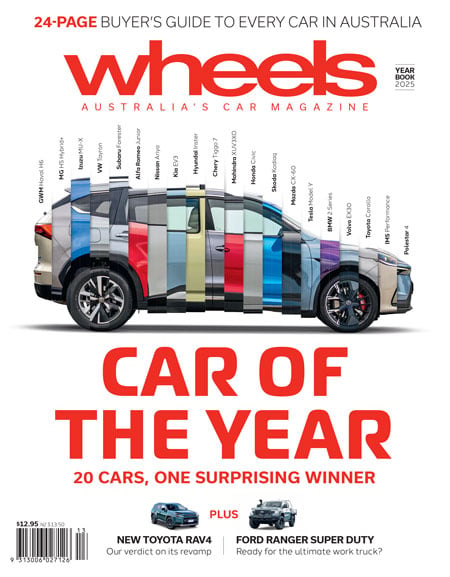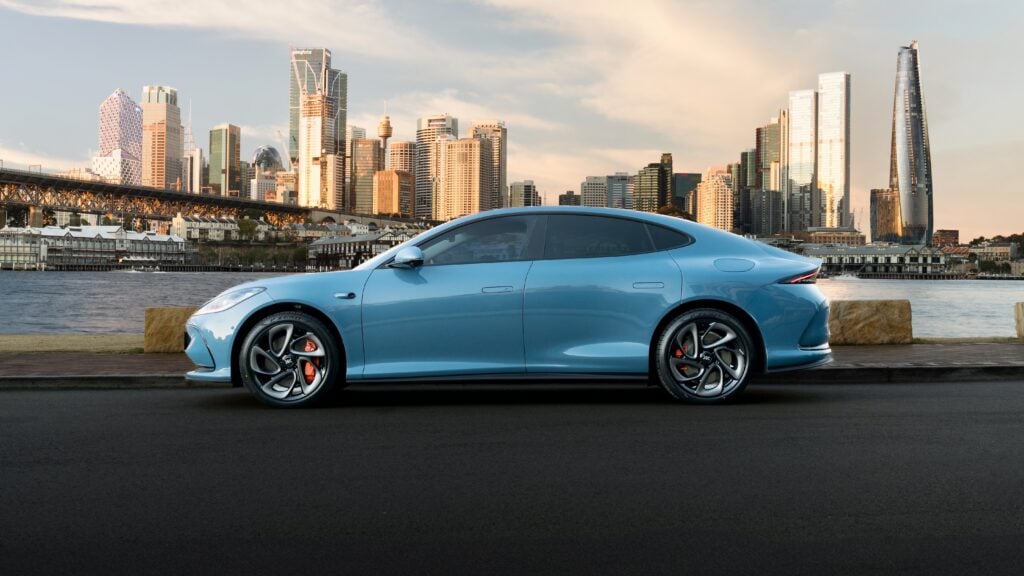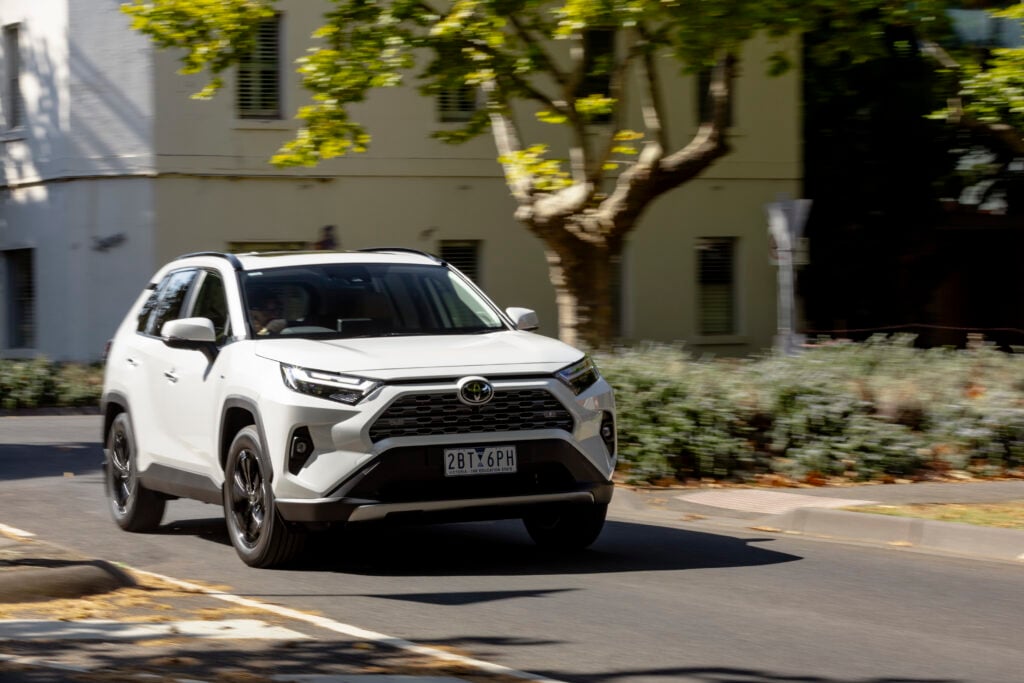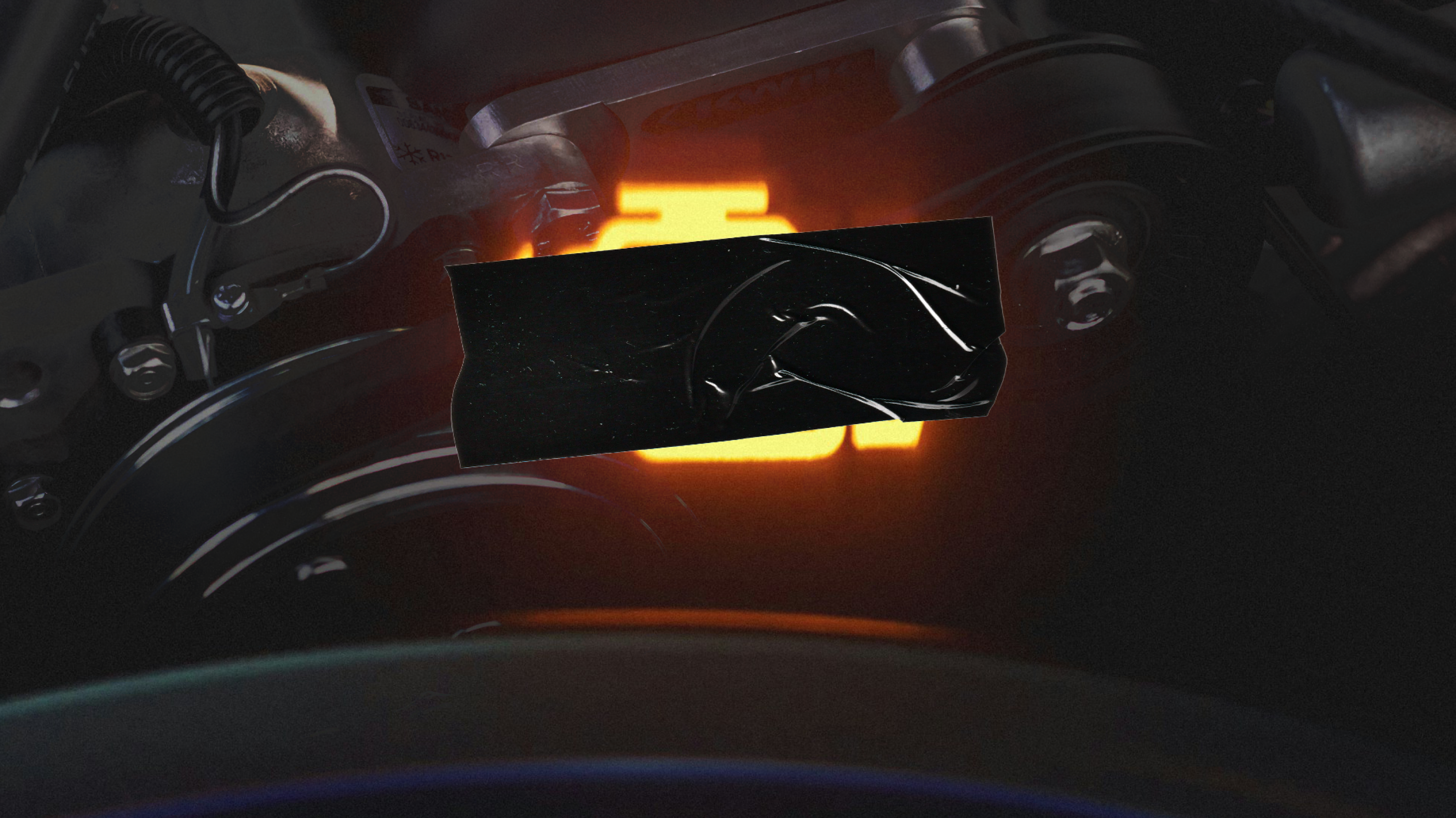
When your dashboard lights up like a Christmas tree, it’s tempting to ignore it—or worse, cover it with tape.
These warning lights exist for a reason, of course, and understanding them can save you from costly repairs or potential breakdowns.
Modern cars have between 25 and 40 dashboard icons, depending on their complexity. From routine alerts to critical warnings, these lights provide essential feedback about your vehicle’s health. Here’s your guide to decoding what they mean.
What do the colours of my dashboard lights mean?
Think of it like traffic lights, where red means stop, orange is caution, and green is go.

? Red lights: Immediate action required
- Don’t ignore red lights: These are often critical and should be addressed immediately to avoid damage or unsafe driving conditions.
- Consult your owner’s manual: It provides detailed information about every dashboard icon in your specific vehicle.
- Get regular maintenance: Preventative care can help you avoid many of the issues indicated by warning lights.
| Icon | Meaning | Action |
|---|---|---|
| ud83dudfe5 Low oil pressure | Insufficient oil pressure in the engine | Stop the car immediately and check oil levels. Call for assistance if the light persists. |
| ud83dudfe5 Brake system warning | Fault with the braking system | Stop driving immediately and have the brakes inspected by a professional. |
| ud83dudfe5 Battery warning | Charging system malfunction | Stop the car and check the alternator or battery connections. |
| ud83dudfe5 Door open | A door is not fully closed | Safely pull over and close the door. |
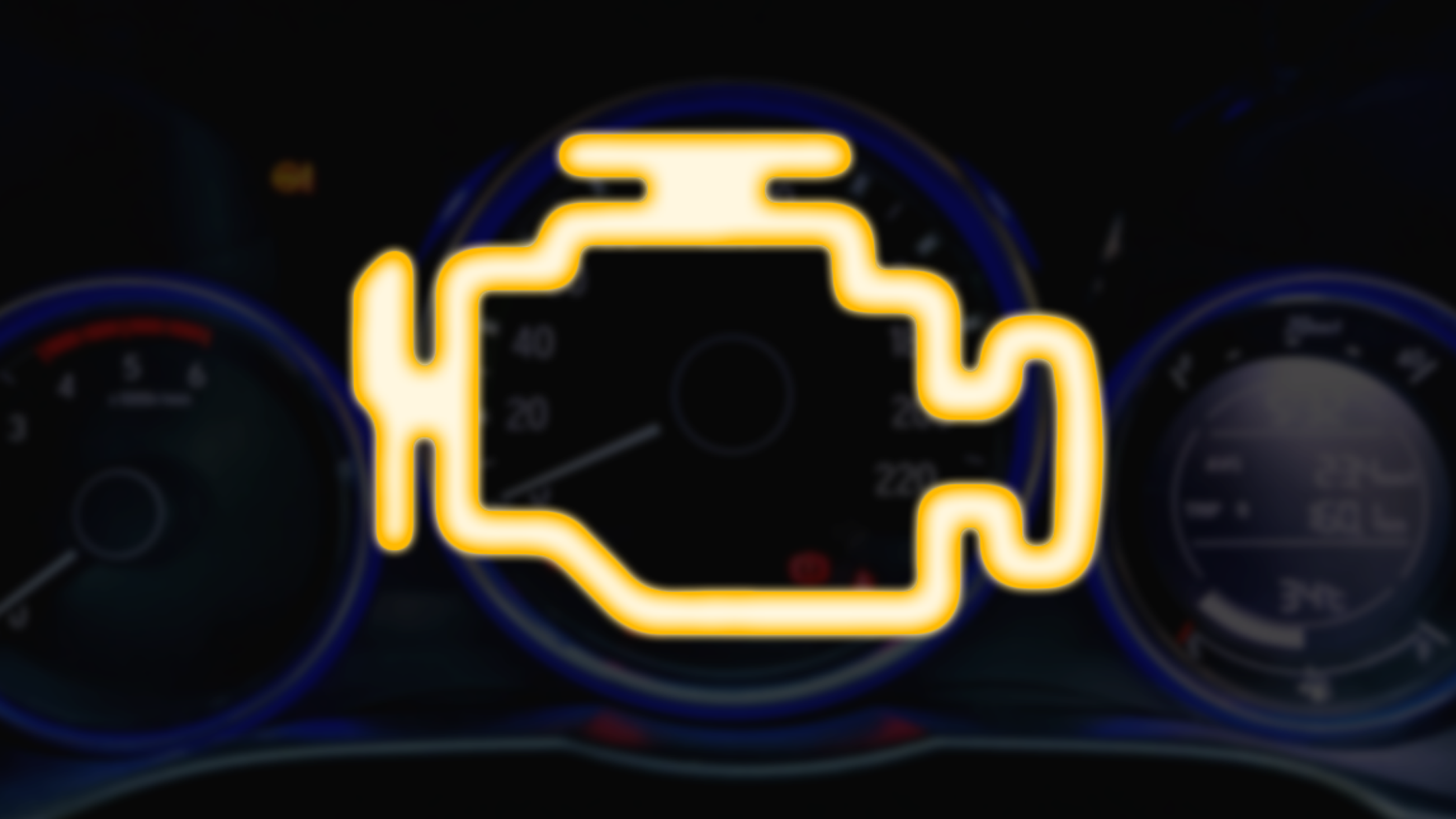
? Orange lights: Monitor or take action soon
An orange light usually signifies something that requires monitoring, such as low fuel or tyre pressure.
The terrifying ‘check engine’ light may also appear orange or red, depending on the severity of the problem detected, but it will often be accompanied by a more specific light for extra context.
| Icon | Meaning | Action |
|---|---|---|
| ud83dudfe7 Check engine | Engine malfunction detected | Have the engine inspected as soon as possible. |
| ud83dudfe7 Tyre pressure warning | Low tyre pressure | Check and inflate tyres to the recommended PSI. |
| ud83dudfe7 Traction control | Traction control system engaged or malfunction | Monitor driving conditions; inspect the system if the light remains on. |
| ud83dudfe7 Low fuel | Fuel level is low | Refuel as soon as possible to avoid running out. |
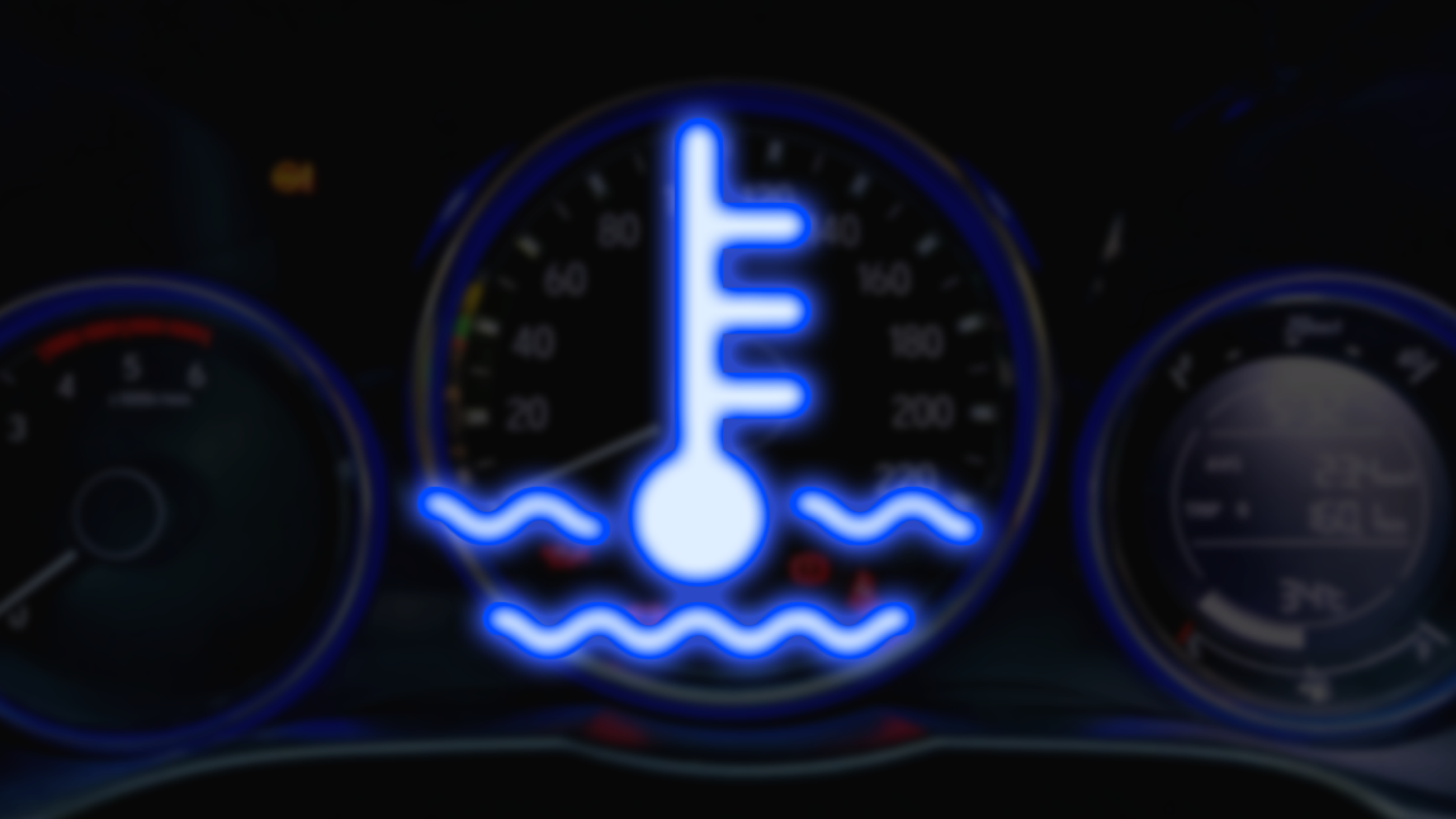
? ? ⬜ Green, blue, and white lights: Active features
These aren’t warnings so much as simple alerts to let you know that a particular feature is active, such as lights (driving, high-beam and fog), turning indicators, park brake, cruise control and driver-assist features like lane-keep assistant and active distance control.
| Icon | Meaning | Action |
|---|---|---|
| ud83dudfe9 Turn indicators | Turn signals are active | No action required. |
| ud83dudfe6 High beam | High beam headlights are on | Ensure you deactivate high beams when driving around other vehicles. |
| ud83dudfe9 Cruise control active | Cruise control system engaged | No action required. |
| u2b1c Lane-keep assist | Lane-keeping assistance is active | Monitor road conditions and stay alert to surroundings. |
The full rundown
Here’s an extensive list of dashboard symbols, to go with the terrifying key below
| 1 | Front Fog light on (can also be green) | 33 | Parking assist |
| 2 | Power steering fluid low | 34 | Car due for service |
| 3 | Rear fog light on | 35 | Adaptive lighting |
| 4 | Windscreen washer fluid low | 36 | Headlight range control |
| 5 | Brake pad warning | 37 | Rear spoiler warning |
| 6 | Cruise control on | 38 | Convertible roof warning |
| 7 | Direction indicators | 39 | Airbag warning |
| 8 | Rain and light sensor problem | 40 | Brake warning |
| 9 | Winter driving mode | 41 | Water in fuel filter |
| 10 | Information indicator | 42 | Airbag deactivated |
| 11 | Glow plug/diesel pre heat warning | 43 | Fault problem |
| 12 | Frost warning | 44 | Dipped beam headlights on |
| 13 | Ignition switch warning | 45 | Air filter needs cleaning/replacement |
| 14 | Key not in vehicle | 46 | Eco driving mode engaged |
| 15 | Key fob battery low | 47 | Hill decent control |
| 16 | Distance warning (to car in front) | 48 | Temperature warning |
| 17 | Press clutch pedal to start car | 49 | ABS warning |
| 18 | Press brake pedal | 50 | Fuel filter warning |
| 19 | Steering lock warning | 51 | Door open |
| 20 | High-beam headlights on | 52 | Bonnet open |
| 21 | Tyre pressure low | 53 | Low fuel |
| 22 | Side/parking lights on | 54 | Automatic transmission warning |
| 23 | Exterior light fault | 55 | Speed limiter engaged |
| 24 | Brake light fault | 56 | Suspension damper warning |
| 25 | Diesel particulate filter warning | 57 | Oil pressure low |
| 26 | Trailer tow hitch warning | 58 | Windscreen defrost |
| 27 | Air suspension warning | 59 | Boot open |
| 28 | Lane departure warning | 60 | Stability/traction control (can be yellow) |
| 29 | Catalytic converter warning | 61 | Rain sensor |
| 30 | Seat belt not on in an occupied seat | 62 | Check engine (serious if red) |
| 31 | Park brake is engaged | 63 | Rear window defrost |
| 32 | Battery/alternator warning | 64 | Auto windscreen wiper engaged. |
Common questions about warning lights
Dashboard warning lights are more than just colourful distractions — they’re critical tools for keeping you informed about your car’s health.
Understanding what they mean can help you act quickly and avoid costly repairs.
If in doubt, always consult your car’s owner manual or seek assistance from a professional. Keeping on top of maintenance and addressing issues promptly will ensure your car stays safe and reliable.
We recommend
-
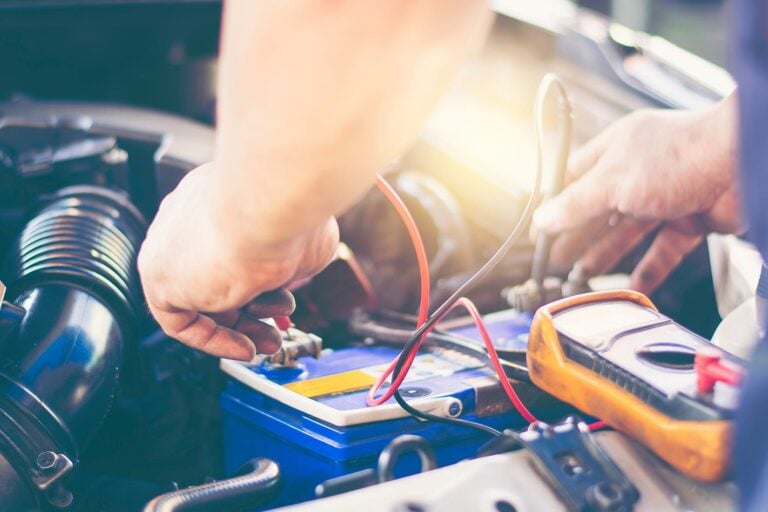 Advice
AdviceBattery failure early warning signs
Is it your battery getting tired or is there something else at fault? Here are some simple signs to look for
-
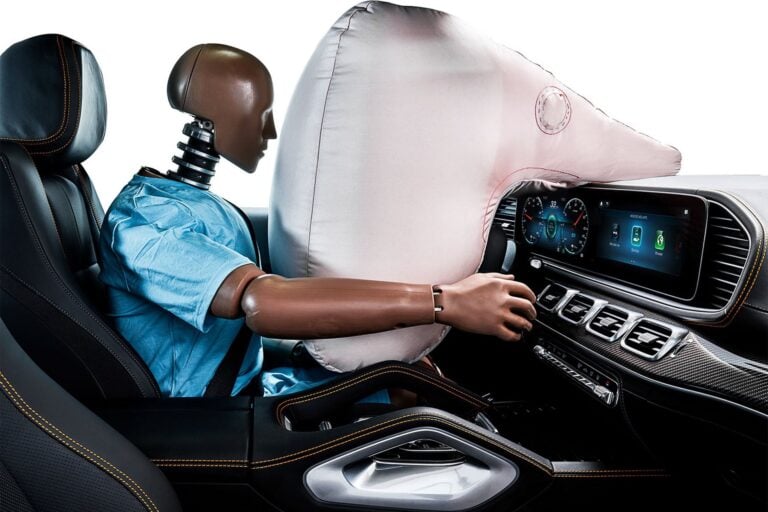 Advice
AdviceWhat does the airbag warning light mean?
Why does this light come on and what should you do next?
-
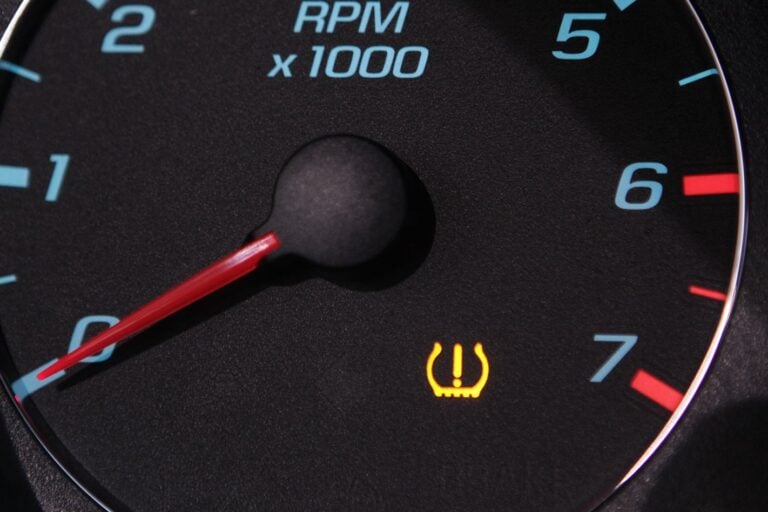 Advice
AdviceWhat does the tyre pressure warning light actually mean?
It looks like a horseshoe with an exclamation mark in it. What does it mean and what should you do when it lights up or flashes?
